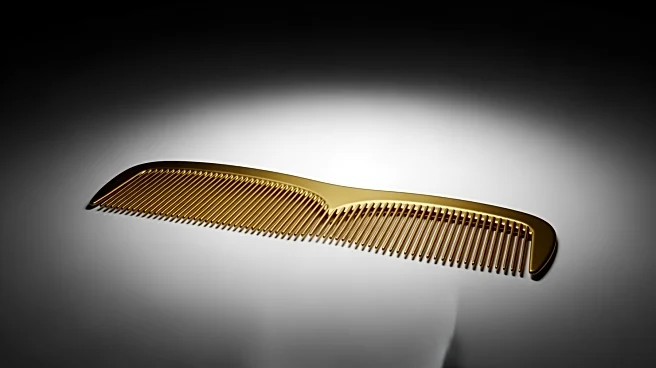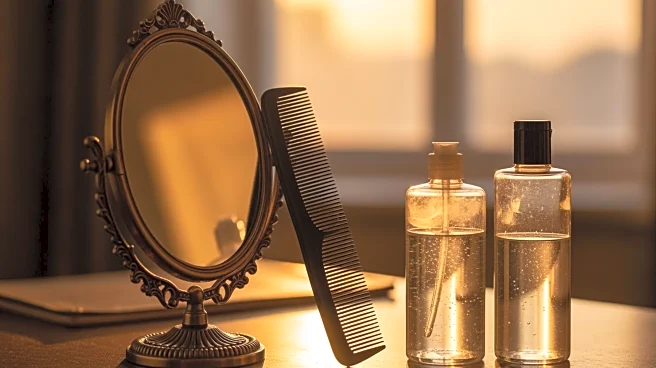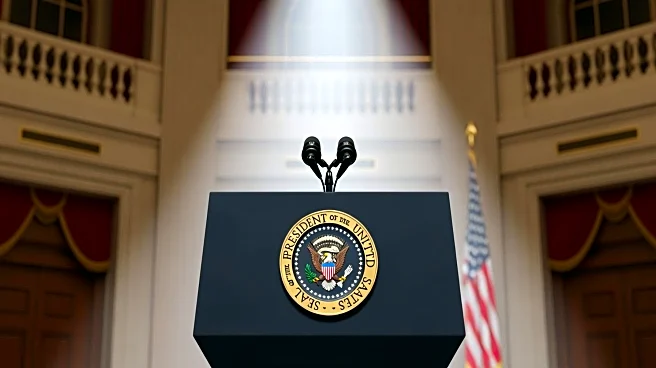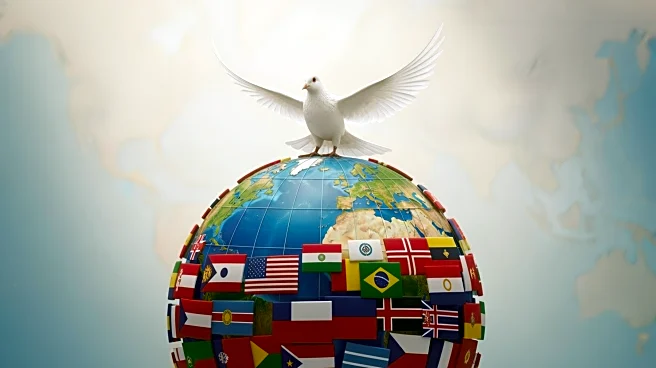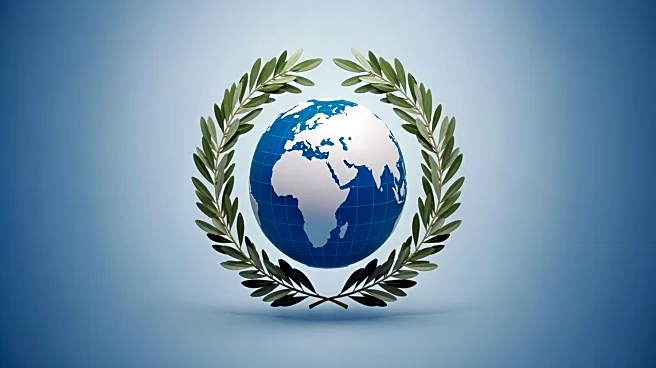What's Happening?
President Donald Trump has expressed dissatisfaction with a recent Time magazine cover, which he claims misrepresented his hair. In a Truth Social post, Trump criticized the photo used by Time, suggesting
it was deliberately chosen to make his hair appear 'weird.' The cover, which accompanies a story on Trump's role in brokering a ceasefire agreement between Israel and Gaza, features an image that Trump described as having a 'floating crown' effect on his head. This is not the first time Trump's hair has been a topic of media discussion, with various outlets previously commenting on its appearance. The Time article itself highlights Trump's involvement in the ceasefire, noting it as a potential significant achievement of his second term, though it also warns of the fragility of the agreement.
Why It's Important?
The incident underscores the ongoing scrutiny and media attention President Trump receives, particularly regarding his personal appearance. This focus on Trump's image can overshadow significant political achievements, such as the Israel-Gaza ceasefire, which the Time article suggests could be a pivotal moment in Middle Eastern politics. The ceasefire agreement is crucial as it aims to end prolonged conflict and initiate peace-building efforts in the region. However, Trump's reaction to the magazine cover highlights how media portrayal can influence public perception and potentially distract from substantive policy discussions. This situation reflects broader themes in media and politics, where image and narrative can impact political discourse and public opinion.
What's Next?
It remains to be seen how Time magazine will respond to President Trump's criticism of their cover photo. The focus may shift back to the implications of the ceasefire agreement, as stakeholders in the Middle East and international community monitor its implementation. The success of the ceasefire could influence future U.S. foreign policy and Trump's legacy. Additionally, media outlets may continue to explore the balance between covering political achievements and personal aspects of public figures, as this incident illustrates the potential for such coverage to affect political narratives.
Beyond the Headlines
This event highlights the complex relationship between media representation and political figures. The portrayal of leaders in media can shape public perception and influence political narratives, raising questions about the responsibilities of media outlets in balancing coverage of personal and political aspects. The focus on Trump's hair, while seemingly trivial, reflects broader cultural and societal interests in the personal lives of public figures, which can sometimes detract from more critical policy discussions.
